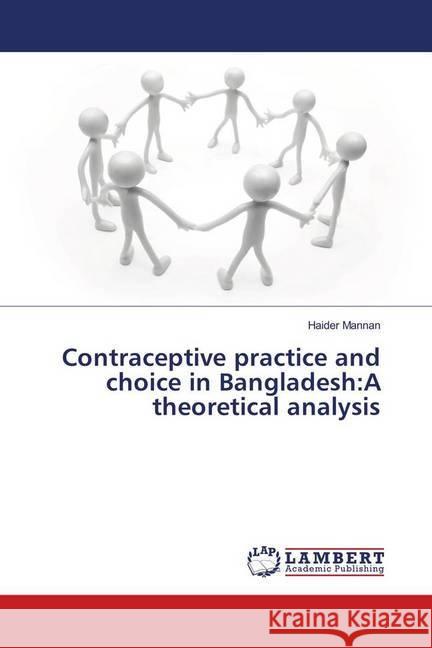Contraceptive practice and choice in Bangladesh:A theoretical analysis » książka
Contraceptive practice and choice in Bangladesh:A theoretical analysis
ISBN-13: 9786139906413 / Angielski / Miękka / 2018 / 156 str.
Bangladesh achieved remarkable reduction in its fertility level in the late 1990s despite no substantial gradient in its macro-economic level. It did not conform well to the demographic transition theory which emphasizes economic prosperity as a precondition of fertility decline. Ansley Coale (1980) suggested three preconditions of fertility decline - ready, willing, and able - which support the innovation diffusion perspective and do not require economic prosperity for fertility decline. Richard Easterlin theorized strong motivation to control fertility as one of the preconditions for fertility decline. It has similarity to Coale's readiness which is harder to measure. In this study, Easterlin's motivation and Coale's willingness and ability preconditions were measured and impacts on current practice of contraception were investigated. Contraceptive method choice can be well explained using four dimensions - goals, competence, evaluation and access which were proposed by Rodolfo Bulatao (1989). This study measured these dimensions and examined their impacts on contraceptive method choice. All analyses utilized the nationally representative Demographic and Health Survey for 1996-97











